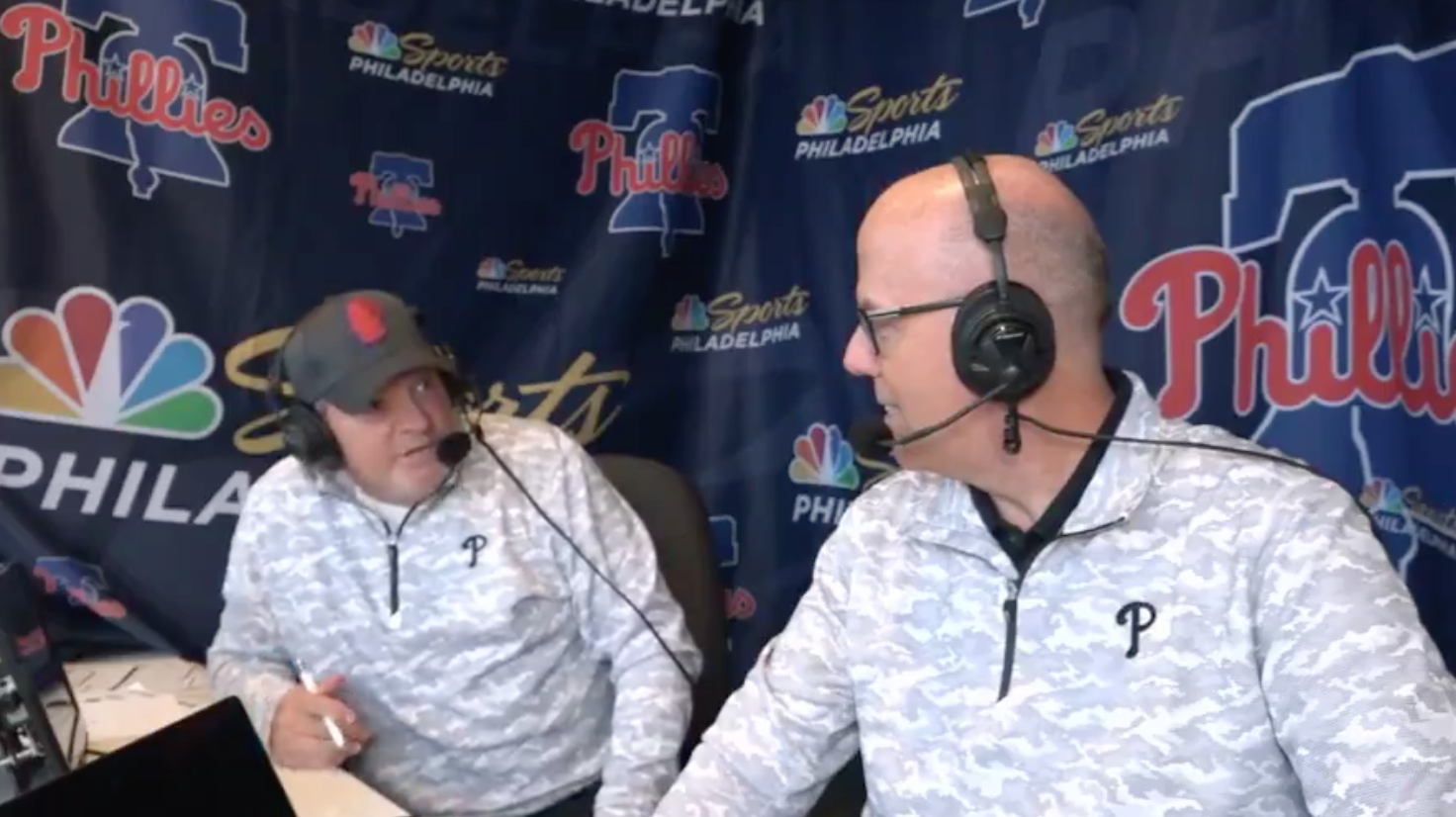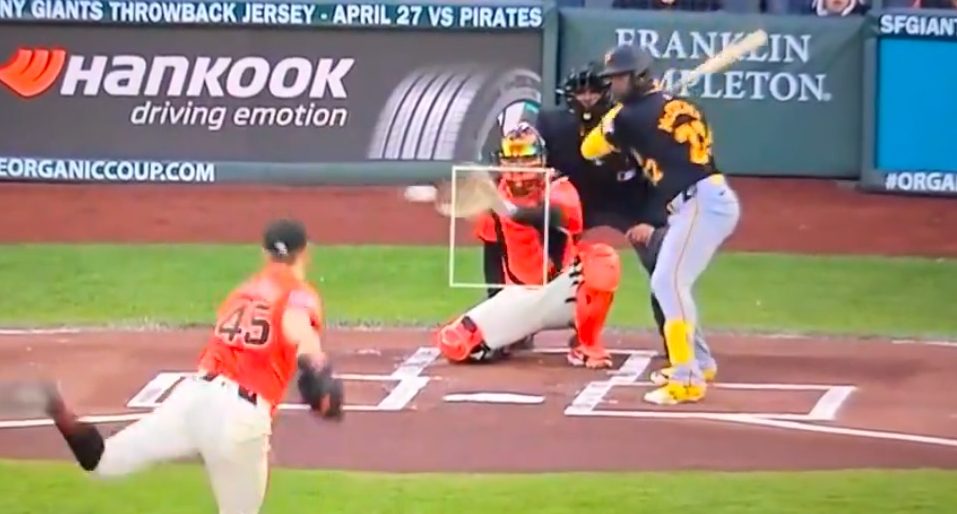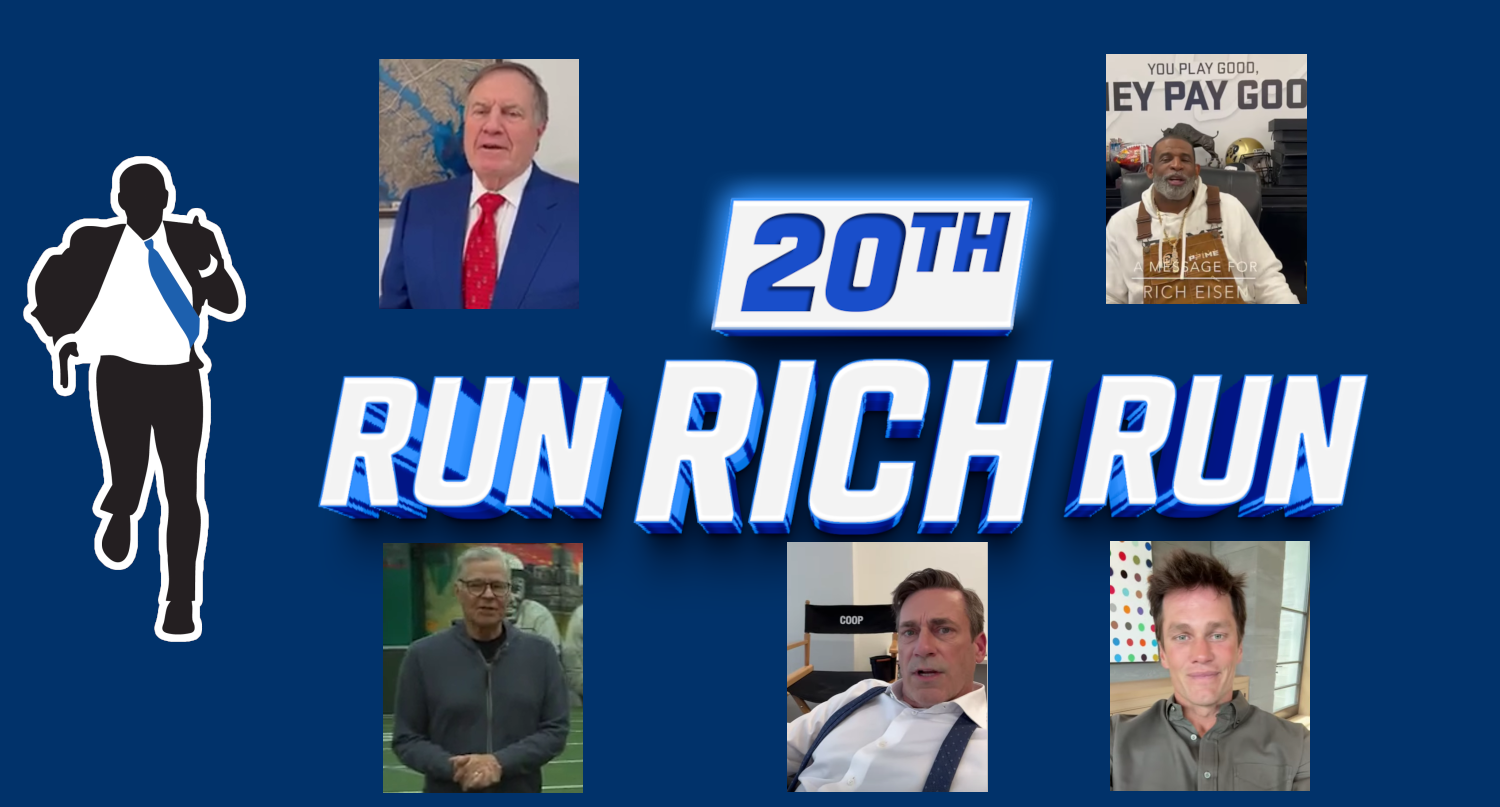Just as its founder starts to pop up in sports fans’ feeds with YouTube Shorts from his car or while power-walking streets of west Los Angeles, Bill Simmons and The Ringer have finally begun to embrace video with their podcasts after years of resistance.
Long a sticking point even prior to its acquisition by Spotify in 2020, video versions of Ringer podcasts have rolled out at greater volume throughout this year. Along with Simmons’ hot-take Shorts from LA’s gaudiest neighborhoods on his personal channel, in the past few months the The Ringer has launched NFL and NBA channels, along with another for The Ryen Russillo Podcast.
The Ringer posts very few entire episodes on its YouTube channels, but the company is at least finally embracing the clipping economy through which online creators and independent podcasters have raked in millions over the years. A recent episode of The Ryen Russillo Podcast was streamed live in its entirety. Recordings from recent live shows put on by The Ringer’s old movie talk show The Rewatchables can be found on Simmons’ channel.
In addition, The Ringer continues to experiment with exclusive video content on the Spotify app. Shows like Higher Learning and The Ringer NFL Show publish video content on the platform regularly. After years of stops and starts with its YouTube channel and social content along with public disputes with former talent like JJ Redick over its video strategy, The Ringer is at long last stepping into the modern age of content.
Given Spotify’s recent exit from the exclusive podcast game and mass layoffs at most of its production houses outside of The Ringer, the embrace of video can be seen as an admission of a failed strategy. When Spotify bought The Ringer and struck exclusive deals with Joe Rogan and Alex Cooper in 2020, the moves were hailed as strong efforts by the Swedish music streamer to compete aggressively with Apple in the podcast space it had effectively monopolized for so long. But in the years since, the conversion rate of Rogan heads or Cooper fans into loyal Spotify customers has not mathed out.
As a result, when Spotify reupped with The Joe Rogan Experience and Cooper’s Call Her Daddy (as well as Emma Chamberlain’s popular Anything Goes), it did so with far less strictures. Spotify oversees ad sales and distribution for the shows, but both are now available on all audio platforms. The one distinction between Rogan compared with Cooper and Chamberlain is that JRE is now posting to YouTube — where it remains a juggernaut with more than 16 million subscribers — whereas the video versions of Call Her Daddy and Anything Goes are still exclusive to Spotify.
This is where an in-house Spotify subsidiary like The Ringer sees its strategy diverge from how Spotify’s is handling its licensing agreements. For years, it was reported that Simmons was in favor of distributing Ringer audio across all platforms rather than locking it away on Spotify — a debate he clearly won. However, according to Redick and many within the industry, Simmons and Ringer management were the driving force behind the company’s slow embrace of video. It seems they were married to the Grantland-era idea that a podcast is an audio product, distinct from video productions.
These separate strategies, which Vulture podcast insider Nicholas Quah called “haphazard,” are all playing out at once. While Spotify continues to value premium video content for its biggest hit shows, Rogan has negotiated a return to YouTube, while The Ringer is moving video content that could have been exclusive to Spotify onto YouTube for the first time.
The reason is probably simple: audience. Cooper and Chamberlain boast massive audiences. While the translation of their audiences into Spotify subscribers may not have worked as perfectly as the streamer hoped, it makes sense to hope that there is a big enough chunk of superfans willing to pay to watch those shows rather than listen. With Rogan, simply getting advertising revenue from perhaps the biggest podcast on the planet is sensible.
The rollout of Ringer pods onto video can be seen as an admission that those shows are in need of a boost. Indeed, recent Bloomberg data shows that while sports as a category is smaller than news, chat or interview shows, The Ringer’s biggest podcasts lag even within their category. Hits like New Heights, The Pat McAfee Show and Pardon My Take rank higher than Simmons’ pod or any other at The Ringer in terms of “followers” within the Spotify platform.
Exposing Ringer podcasts to a larger audience on YouTube — the internet’s biggest video platform, its second-most used search engine, and potentially the biggest podcast platform — will grow their audience. Aside from the production support needed to manage these channels, the lift is minimal. Most Ringer podcasts are recorded over Zoom, no studio setup or lavish set design needed. While this could change if The Ringer opts to lean into visual accouterments more over time, for now hiring a few more video producers to watch the YouTube upload bar to completion is likely more than worth the cost.
It’s worth watching just how far The Ringer’s embrace of video goes. Will Russillo’s podcast become a regular live video product within 2024? How does app-exclusive video content factor in amid its jump to YouTube? Will The Ringer bail on the strategy completely if Spotify does not see quick returns when it comes to audience growth?
For a long time, Simmons and Ringer management were insistent that its audio and video offerings were separate. That line is blurring as business conditions evolve. What that means for the content strategy of the company and the approach of its podcasting staff is yet to be seen.
Maybe the rest of the staff just needs a brisk midday walk to set the stage for the next killer YouTube Short.







